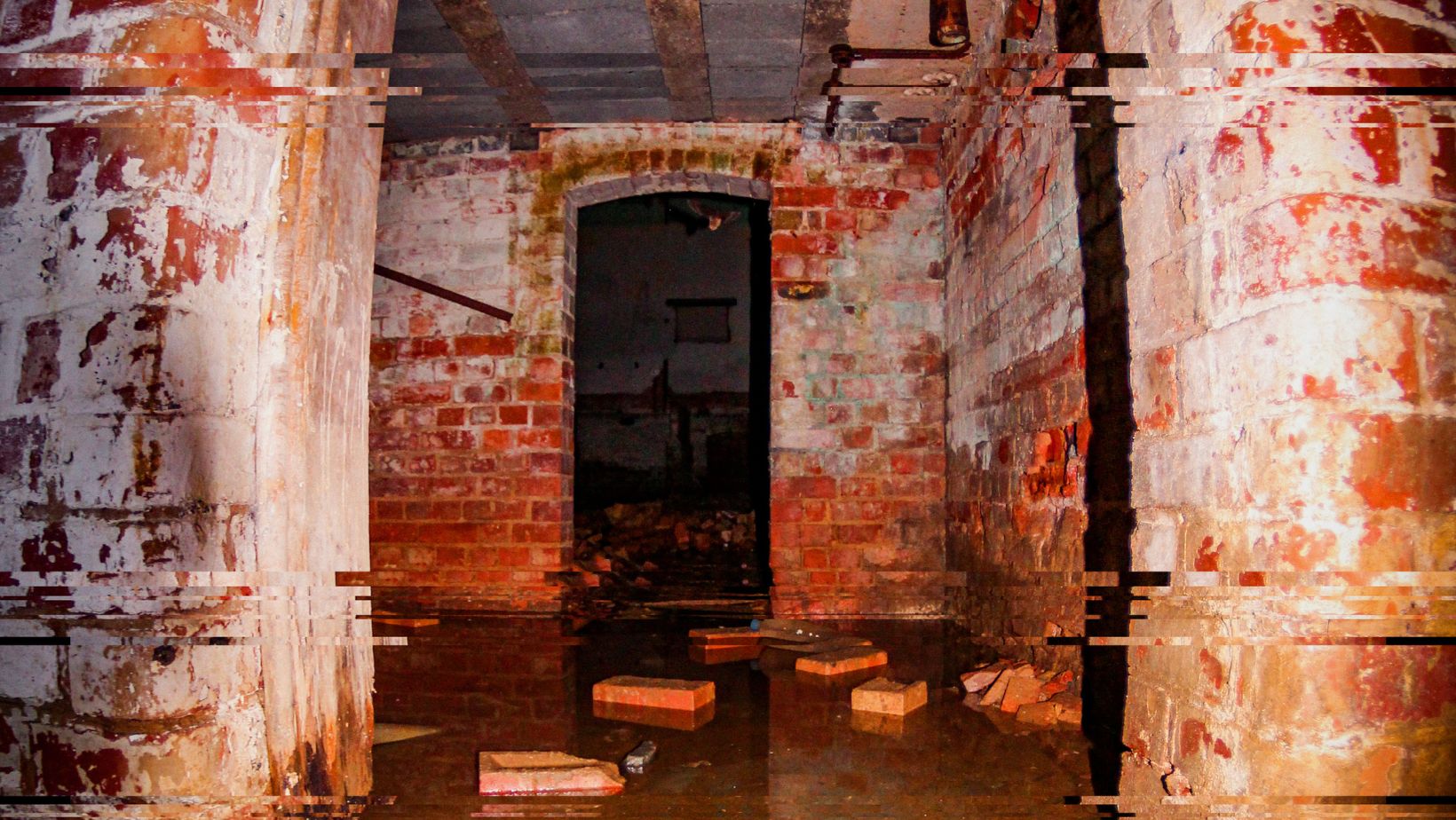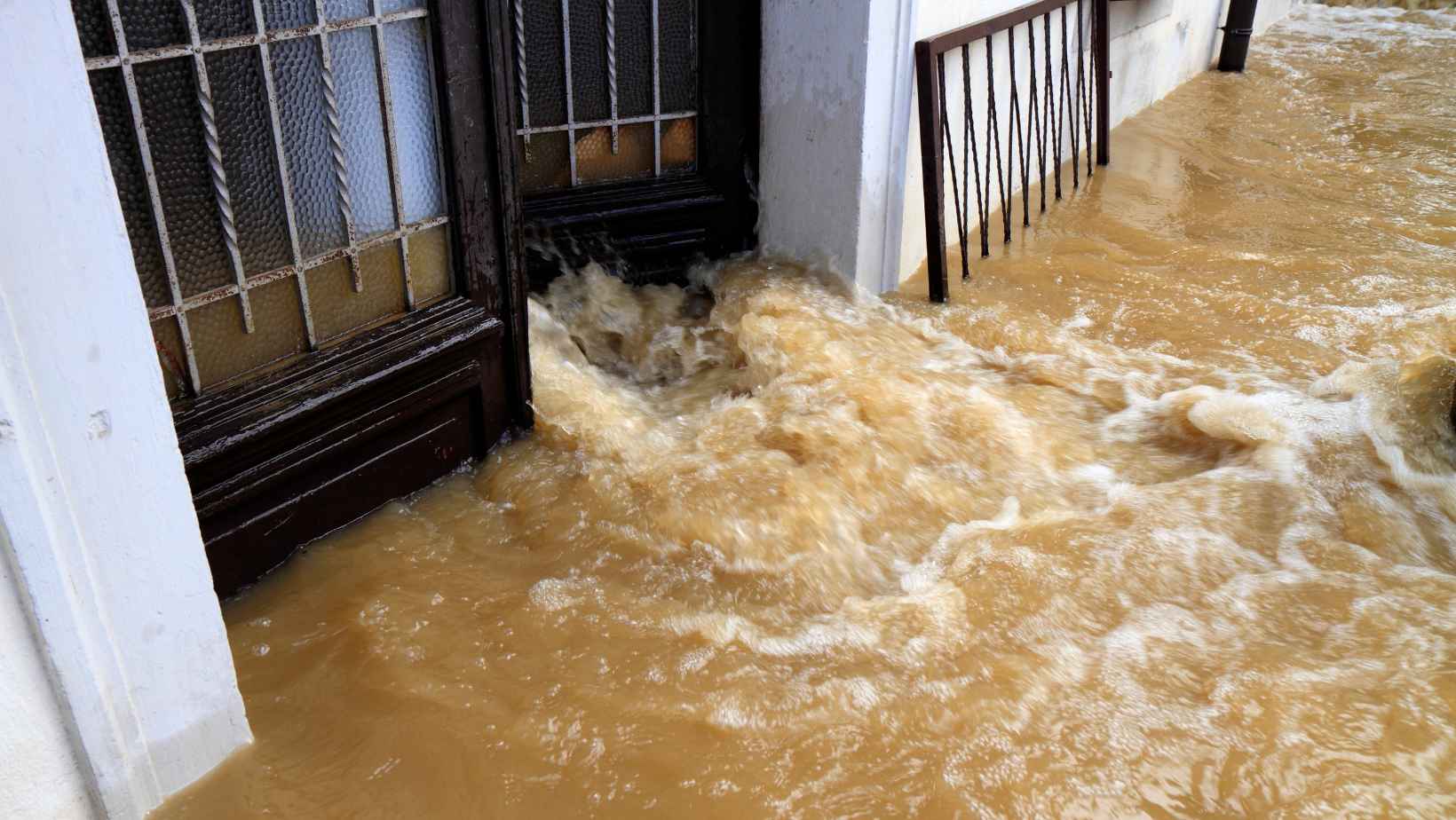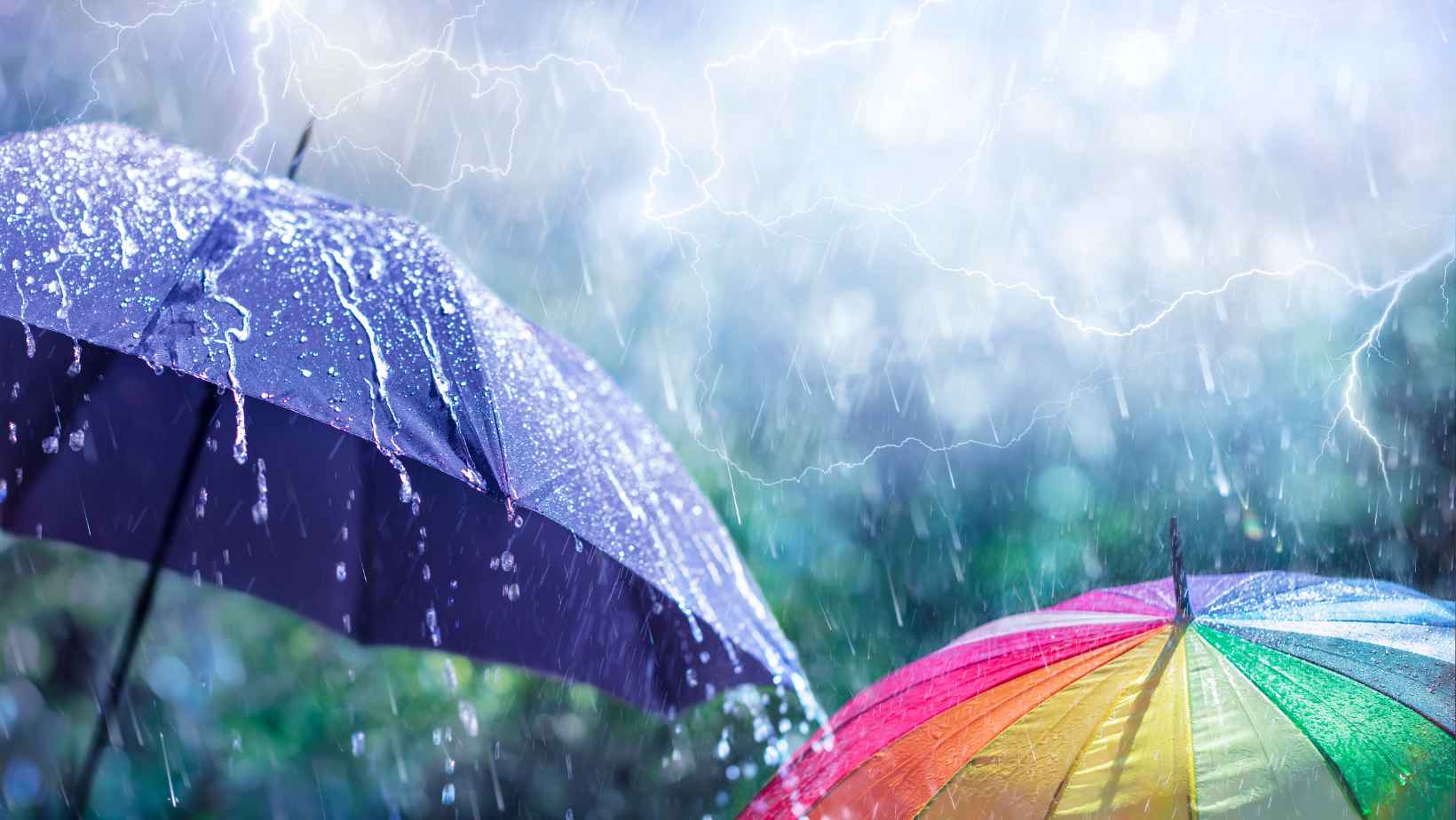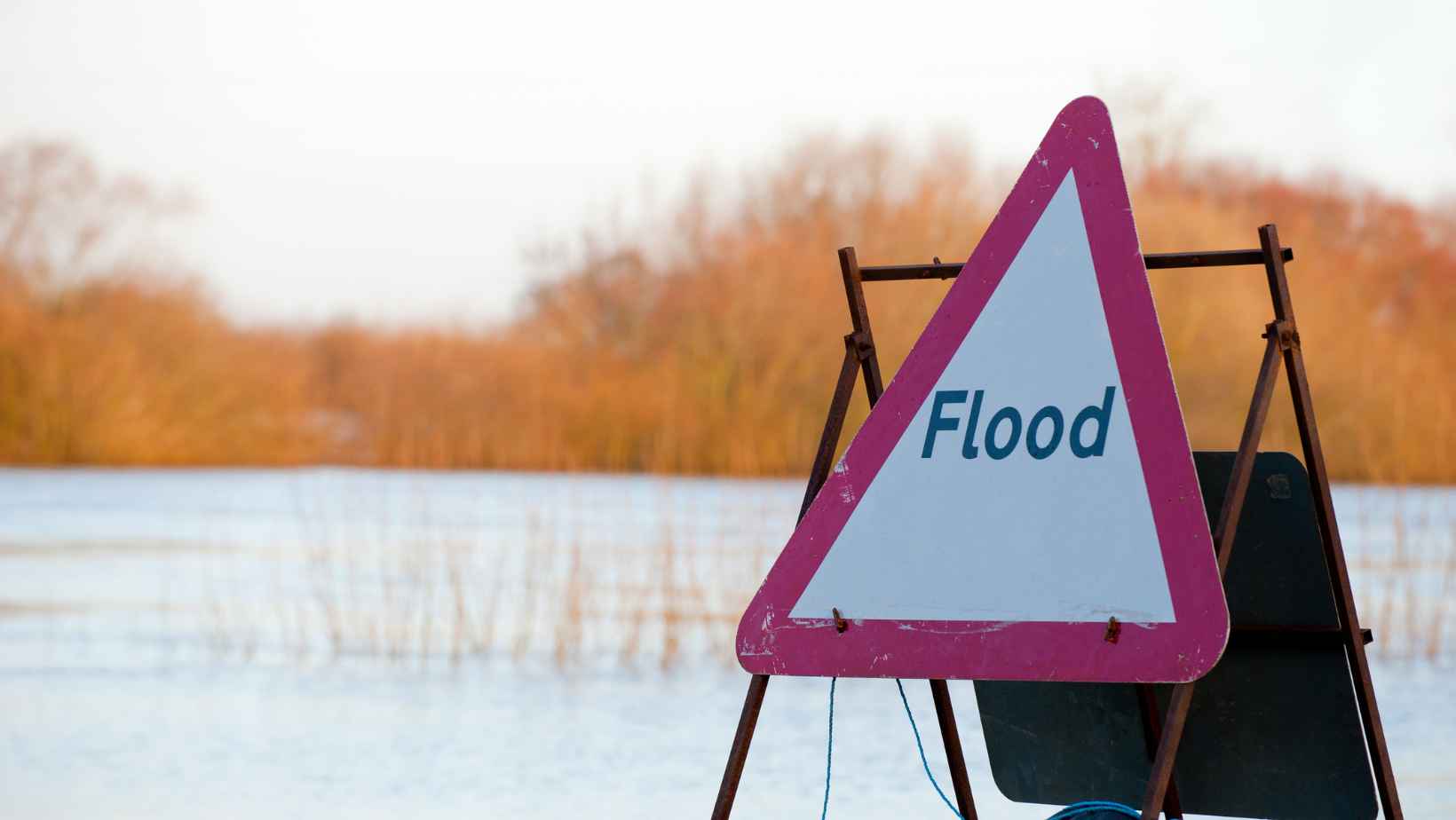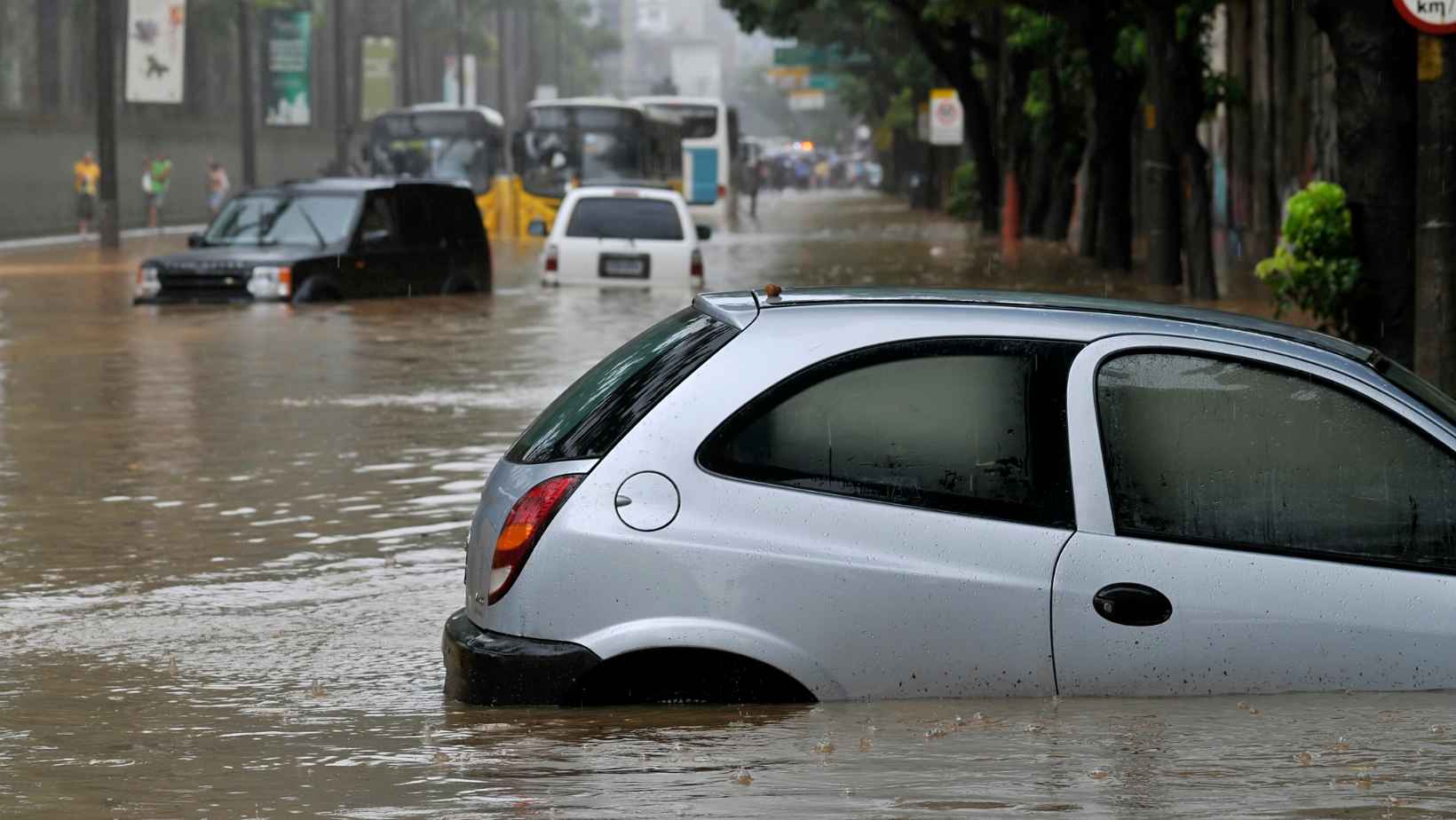
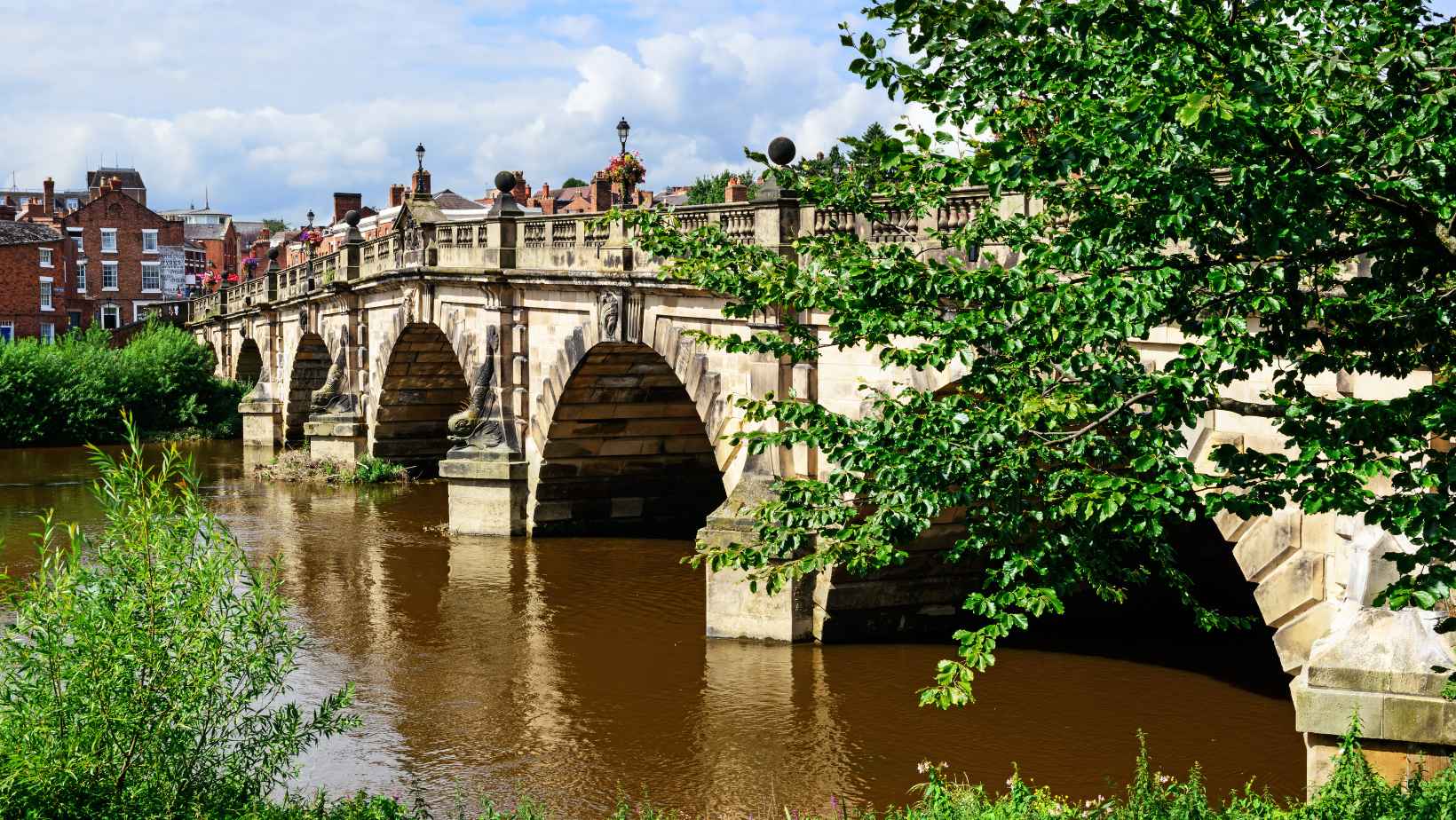
The River Severn is the longest river in the United Kingdom, stretching for over 220 miles from its source on the slopes of Plynlimon in mid-Wales to its mouth at the Bristol Channel. Its tributaries, including the River Wye and River Avon, add to its length, making it the longest river in Britain.
The Severn is prone to flooding in many parts of its course. The most common factors that cause flooding are heavy rainfall, high tides, and blocked drainage systems. Floods on the Severn are particularly difficult to predict as the river has a wide catchment area and often carries a large volume of water.
One of the most common flooding points along the Severn is at Ironbridge, in the county of Shropshire. This area is particularly prone to flooding due to its low-lying location, and the river often overflows its banks here due to high levels of precipitation and high tides. Further downstream, the Severn often floods at Gloucester and Worcester, with both places subject to regular flooding in times of heavy rainfall.
Other key flooding points on the Severn include the town of Bridgnorth in Shropshire and the city of Bristol. In Bridgnorth, the river often overflows its banks during heavy rain, leading to flooding in the town. Bristol, located at the mouth of the river, is especially vulnerable to flooding due to its low-lying location and the fact that the river carries a large volume of water.
The Severn’s tributaries also pose a risk of flooding. The River Wye, which joins the Severn near Worcester, is prone to flooding in the winter due to heavy rainfall and blocked drainage systems. Further downstream, the River Avon often floods in the Bath area due to its low-lying location and the fact that it carries a large volume of water.
The risk of flooding along the Severn is very real, and it is important to be aware of the potential risks and take necessary measures to protect property and people. The Environment Agency has put in place a number of measures to reduce the risk of flooding, including the installation of flood defences and flood warning systems. By being aware of the potential risks and taking precautions, it is possible to reduce the impact of flooding on the Severn and its tributaries.
Frequently Asked Questions
Why does the River Severn flood?
The River Severn is prone to flooding in many parts of its course due to a combination of factors such as heavy rainfall, high tides, and blocked drainage systems.
How often does the River Severn flood?
The frequency of flooding on the River Severn varies depending on the weather and local conditions. In some areas, the river may flood multiple times a year, while in other areas it may not flood for many years. The environment agency flood warning system has been vastly improved in an effort to give nearby residents the best opportunity to prepare for floods before they happen.
Where are the key flooding points along the River Severn?
The key flooding points along the River Severn include Ironbridge, Gloucester, Worcester, Bridgnorth, and Bristol. The River Wye and River Avon, which join the Severn, can also cause flooding in their respective areas.
What measures are in place to reduce the risk of flooding?
The Environment Agency has put in place a number of measures to reduce the risk of flooding, including the installation of flood defences and flood warning systems. At risk areas around the river severn have seen millions of pounds in investment since the floods of 2020.
What can I do to protect my property from flooding?
The Environment Agency recommends that people take precautions to protect their property from flooding. These measures include checking for local flood warnings, making sure that drains and gutters are clear and well-maintained, and ensuring that sandbags are available in case of an emergency.
How can I remove the water from a flooded property?
The most effective way to remove water from a flooded property is to use a pump. There are a number of different types of pumps available, including submersible pumps and sump pumps. It is important to ensure that the pump is suitable for the specific situation and to follow the manufacturer’s instructions for safe operation.
For those looking for reliable and knowledgeable suppliers for flood water pumping stations, I highly recommend PumpStationsDirect.com. They have a wide selection of pumping stations for a variety of needs and applications, as well as helpful advice and support from their team of experienced professionals. They also have a comprehensive range of services, from installation and maintenance to repairs and parts. With their years of experience and expertise, you can be sure that you are getting the best possible solution for your flooding needs.

